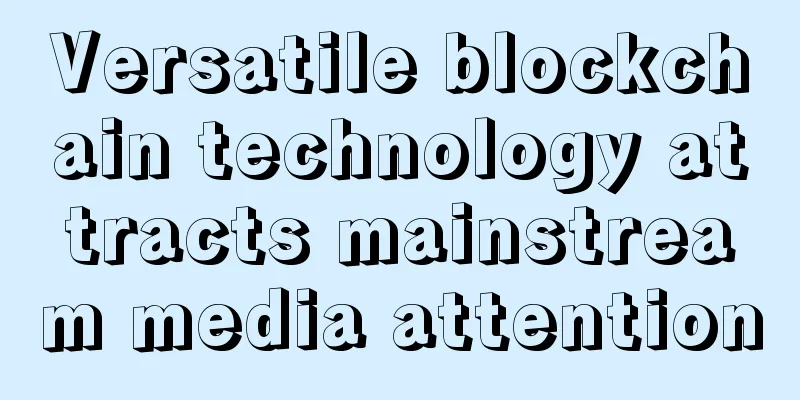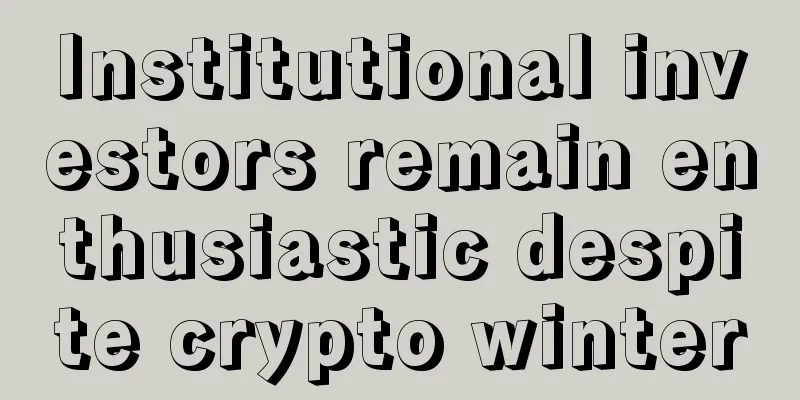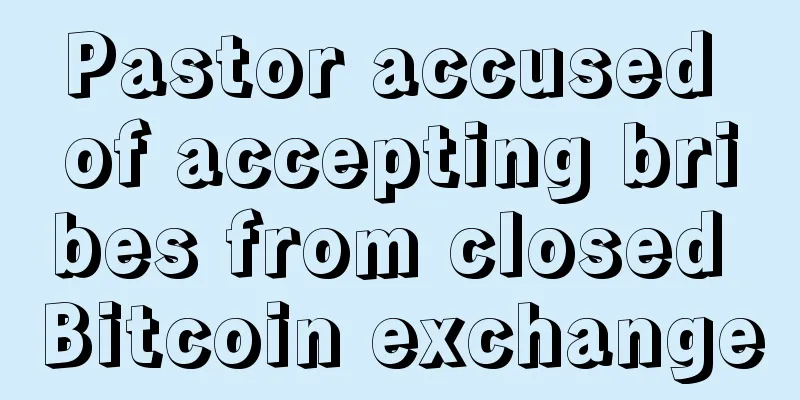How Bitcoin Brings Light to a South African Primary School

|
Over the weekend, the MIT Enterprise Forum hosted a conference focused on new developments in clean energy distribution and how blockchain technology could play a major role in the future of the electric grid. The event was sponsored by the Massachusetts Clean Energy Center, a government-funded agency that promotes clean energy expansion in the state, and featured speakers from IBM, startups Consensys, LO3 Energy and Grid Singularity. Perhaps the most popular topic of the evening was Usizo, a crowdfunding platform designed to facilitate energy payments between donors and South African schools, which was first announced last fall. Grid Singularity CEO Ewald Hesse was in Boston for the presentation, while Lorien Gamaroff, CEO of blockchain startup Bankymoon, connected with him via Skype from Emaweni Primary School in Soweto, South Africa, nearly 8,000 miles away. As Gamaroff points out, the nature of energy in South Africa has changed over the years, with local users only able to use electricity if they paid in advance. For example, if a homeowner wants to exchange 1 day's worth of electricity for their home, they need to go to an approved supplier, pay them, and they will then provide a special voucher that can be stored in the smart meter, and the lights in the house will only turn on after the transaction is completed. Gamaroff said such systems could be expensive, especially for people living in rural areas, and would rely on a third party to act as a middleman between the user and the power company.
In this case, he continued, the problem could be solved by using digital currency, explaining: “You now have a smart meter, a meter that’s powered by the bitcoin blockchain, and donors abroad can send money directly to this meter, without having to send it to an organization, or have those funds be redistributed.” Smart PaymentUsing digital currency to prepay electricity bills is not a new concept. As early as 2014, Gamaroff was involved in a previous project aimed at facilitating South Africans to prepay their electricity bills using Bitcoin. However, the new effort takes a philanthropic approach, channelling international aid through its crowdfunding platform structure. As Gamaroff and Hesse demonstrated, the project involves two components: 1. A smart meter that accepts digital currency; 2. A crowdfunding platform where donors can donate Bitcoin; Gamaroff shared some photos on Twitter from a previous MIT conference showing how such a smart meter would be installed: Donors can use the platform to see how much electricity a school consumes in a given period of time and calculate how much BTC is needed to pay for that electricity. Live DemoFor the demonstration at MIT, Hesse transferred 1 BTC to the smart meter in Soweto, an amount that will power Emaweni Primary School for about three weeks. Meanwhile in Soweto, a large group of school administrators, teachers and staff were left in darkness (midnight local time) waiting for the return of electricity. “Now what’s happening is that this transaction is going through the blockchain, the meter is going to accept this payment and it’s going to calculate the amount of electricity that needs to be delivered to the load,” Gamaroff explained during the demonstration. Despite some delays, the system eventually worked successfully, the lights in the school came on, and there were applause and cheers from the crowd. The future of the projectSo what actions will the Usizo project take next? Hesse revealed that Usizo is not just a test, and its future may involve the management of some non-governmental organizations (NGO structures). Hesse said that this project has aroused active interest from these parties, although the specific transition time has not yet been determined. For educators in Soweto, this platform can bring them electricity and help these students continue to learn. Original article: http://www.coindesk.com/south-african-primary-school-blockchain/ |
<<: Principled Thoughts on Bitcoin Scaling
>>: Bank of England considers issuing a centralized digital currency different from Bitcoin
Recommend
People with good looks are most likely to fall into scams
Are you often deceived or cheated? ! In addition ...
What does a man with raised eyebrows look like? Which men with raised eyebrows have good luck?
People's eyebrows are also very important. Ey...
Are people with big ears blessed in physiognomy?
In our country, there is a saying that people wit...
nChain successfully held a workshop with Bitcoin Unlimited and announced support for Bitcoin scaling
LONDON, July 28, 2017 /PRNewswire/ -- nChain, the...
Men with these palm lines are the most infatuated and you won't regret marrying them
One or two love lines The emotional clues on the ...
What is the meaning of a man with linked eyebrows?
In real life, some people's eyebrows are conn...
Trump's chances of winning the election are increasing day by day. A quick look at the relevant favorable targets
With only two weeks left before the US election, ...
Are men with big eye bags more reliable and honest?
Everyone hopes to marry a reliable man. Even if i...
What does it mean if the lips are thin on the top and thick on the bottom? What does it mean?
I believe many people would think that symmetrica...
The trend is unstoppable! Digital currency courses are introduced to many well-known universities around the world
Baozou Commentary : In today's world, technol...
Jiang Zhuoer: Will the halving bull market come, and how will it come?
Some people say that everyone believes that the h...
What does a mole under the mouth mean? It means you may be wandering all your life!
How to interpret moles around the mouth? Each of ...
Three main lines that occupy an important part of palmistry
What are the three lines on palmistry? lifeline T...
What are the facial features of a passionate and unfeeling woman?
Facial features are related to our character, and...
What does it mean when a woman has a mole on the left side of her neck?
Although the moles on the back of the neck are no...









